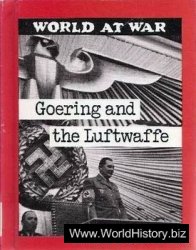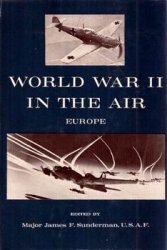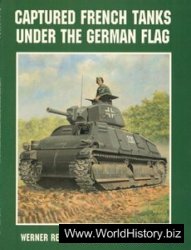Herbert Chapman was the most successful manager of the 1920s and early 1930s, his influence on the game continuing long after his death in 1934. He had had an undistinguished playing career at Northampton, Sheffield United and Spurs, standing out more for his trademark yellow boots than for the quality of his play He made his name during the First World war as manager of Leeds City but in 1919 he was suspended over financial irregularities. He took over an ailing Huddersfield Town side in 1920 and within four years he transformed the club into championship winners. After retaining the title. Chapman moved to Highbury in 1925. Along with veteran inside-forward Charlie Buchan, Chapman reacted to a change in the offside law by introducing a fluid WM system, replacing the rigid
2- 3-5 formation that most teams played. This involved the centre-half dropping into a purely defensive role, abandoning his usual role of providing the link between defence and attack. That "schemer’s" job was filled by an inside forward, which meant a revolutionary 3-
3- 4 formation.
Chapman had an uncanny knack for spotting potential. He signed Cliff Bastin and paid a world record ? 10,890 for David jack It is said that when he met his opposite number at Bolton to discuss jack’s transfer; he arranged for the hotel waiter to to keep the drinks coming - but instructed that his own glass should contain nothing alcoholic. By the time the men got down to business the atmosphere was very convivial. Bolton did get a world record fee but Chapman still thought his underhand tactic had given him the better of the deal.
Alex james was acquired for slightly less than jack but it was his arrival from Preston in 1929 that sparked a phenomenal run of success.
With james playing that key schemers role. Arsenal went on to win the championship three times in four years, and finished runners-up to Everton in 1931-32, There was also an FA Cup victory over Chapman’s former club, Huddersfield, in 1930.
Chapman died just before Arsenal confirmed their third championship, but all the pieces were in place for further success. The Gunners’ league titles of 1935 and 1938, together with another FA Cup victory in 1936, also owed much to the groundwork Chapman laid. His influence also spread to the international side, notably when England beat Italy in November 1934. Chapman’s Arsenal provided seven of the players who beat the reigning world champions 3-2.
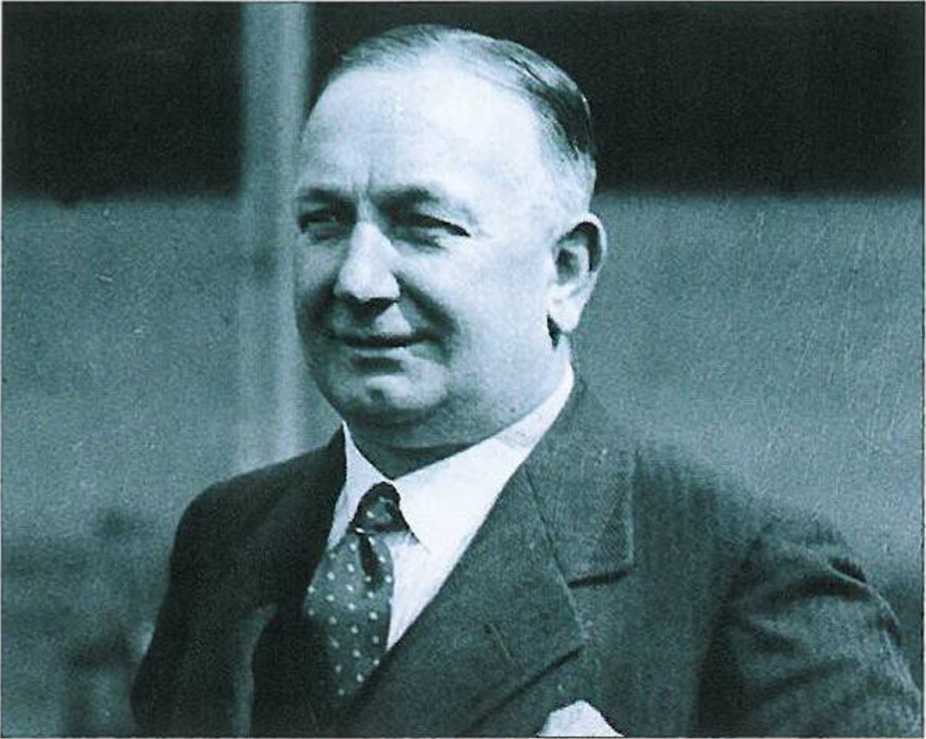
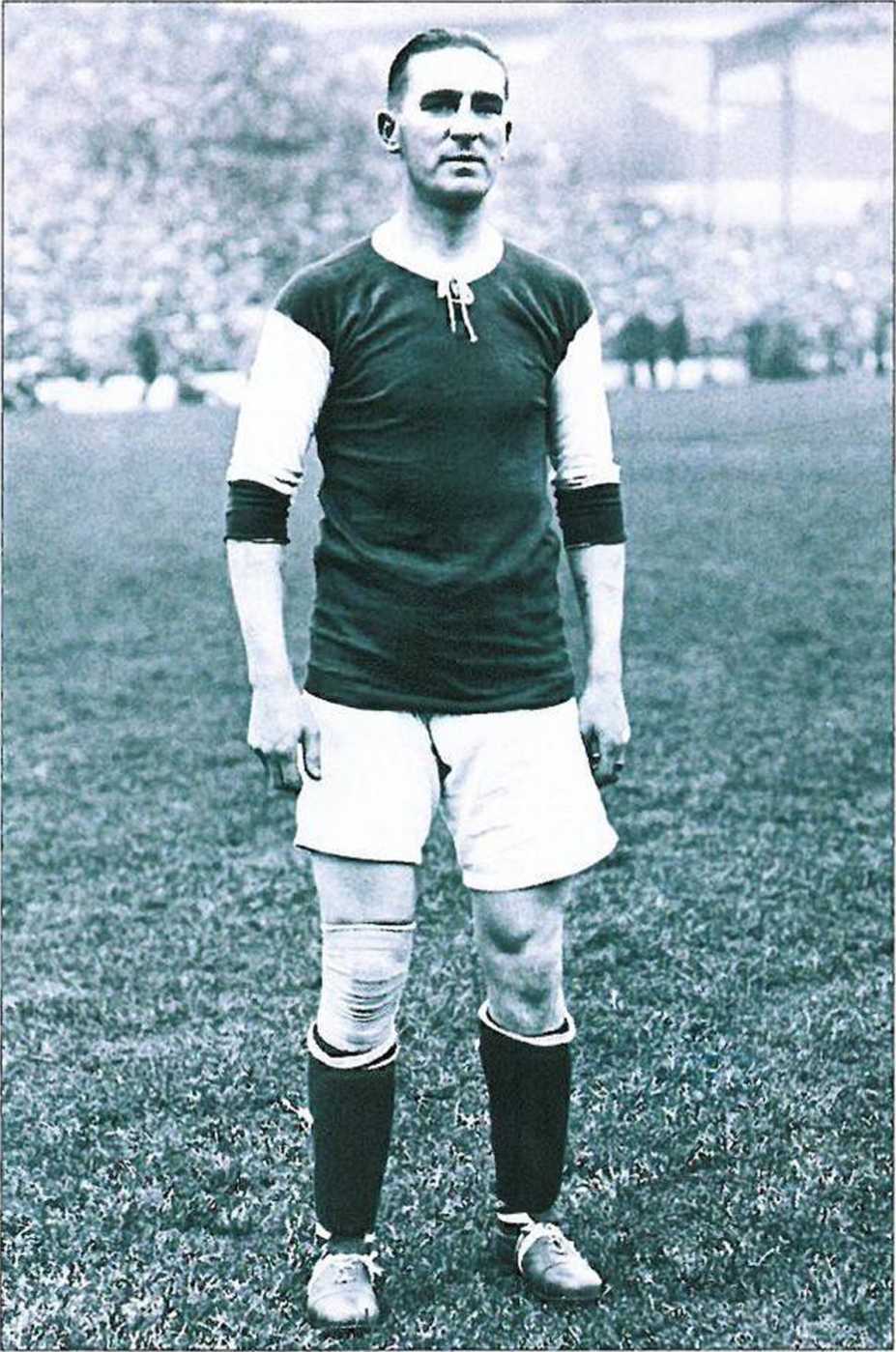
Above: Herbert Chapman made his name as manager of Leeds City during the First World War. After transforming Huddersfield he went on to even greater success at Arsenal.
Below: Frank Barson was one of the game’s best-known characters. He played 353 league games for five clubs, most notably for Aston Villa and Manchester United. He was considered one of the first "hard” men in football and was often sent off and suspended. As a commanding centre-half who liked to go forward he was powerful in the air. On Boxing Day in 1921 he scored with a header from almost 30 yards to give Aston Villa victory over Sheffield United.
Villa beat Burnley 10-0, and in the following weeks there was a plethora of high-scoring games. 1703 goals were scored in Division One in 1925-26.




 World History
World History
